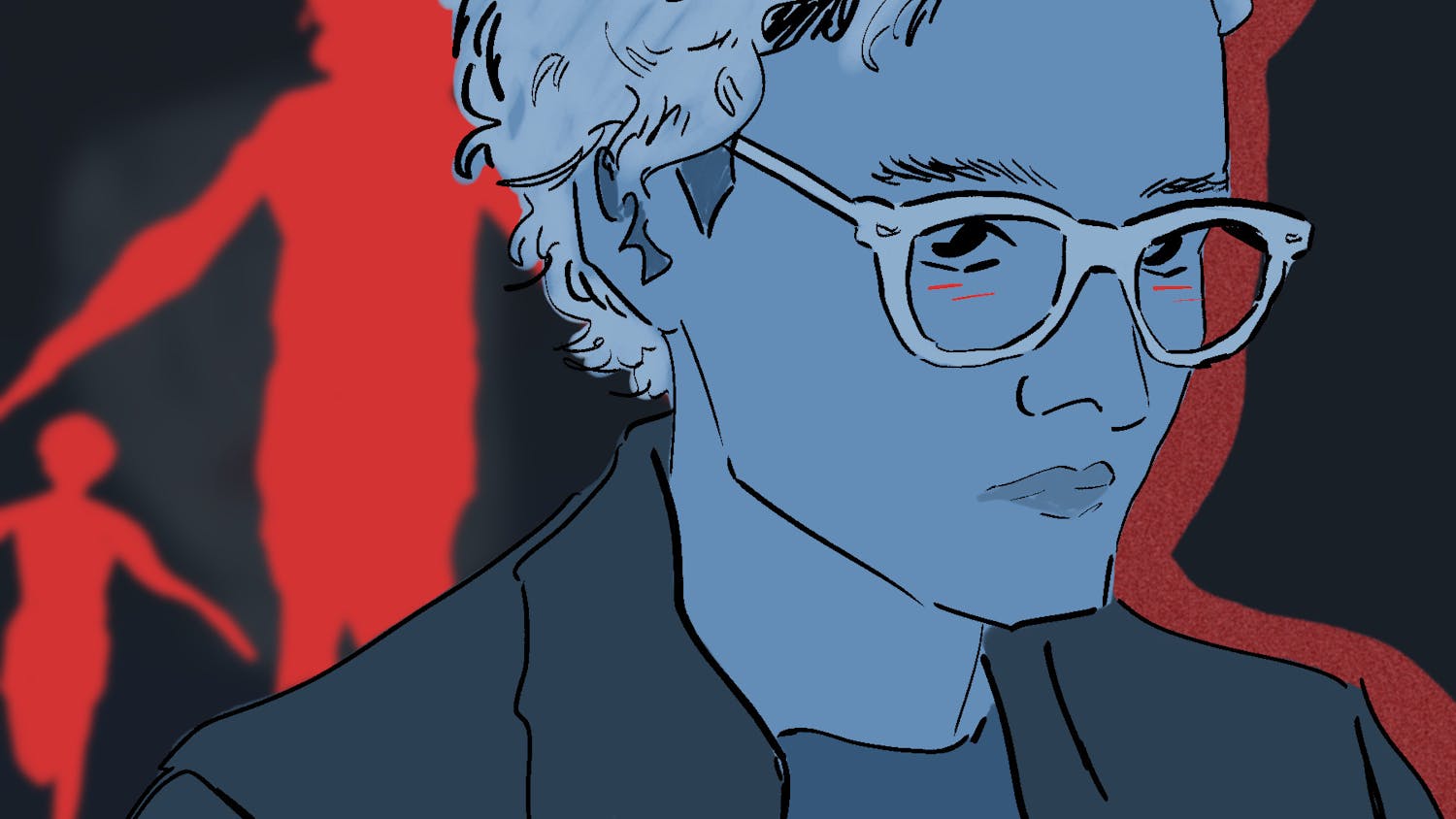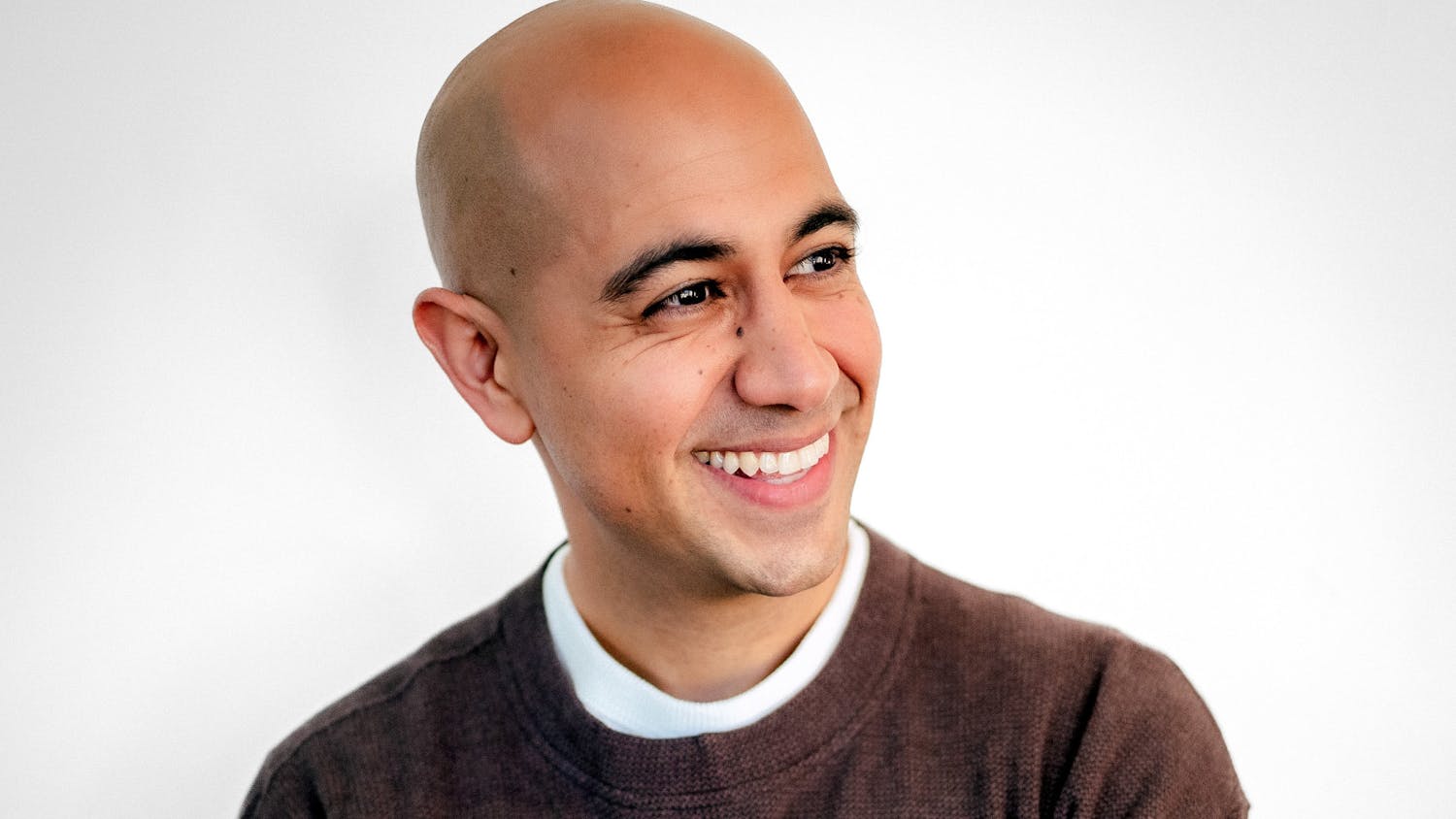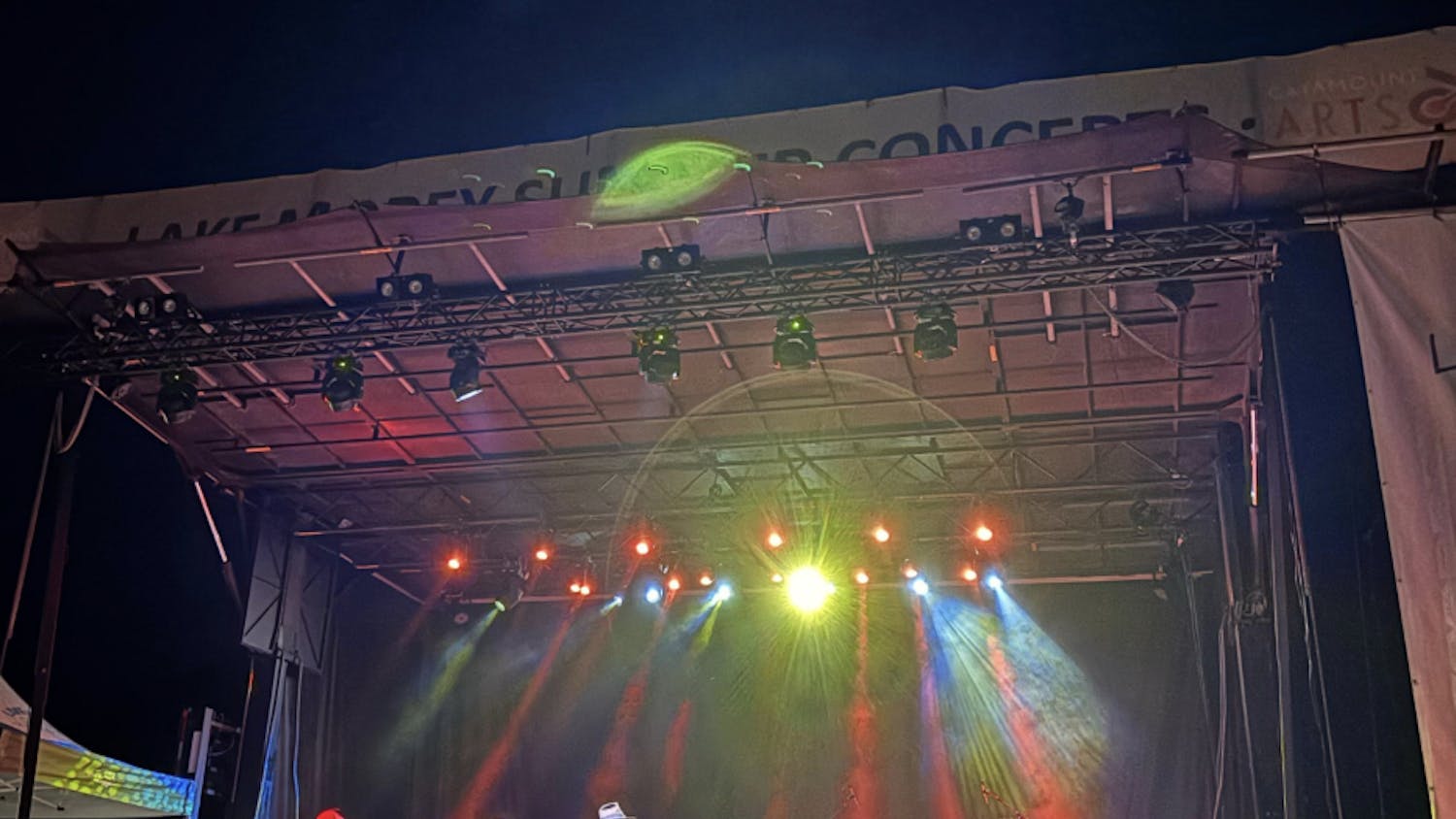Directors Tim Burton and Mike Johnson combine the land of the living with the realm of the dead in order to create the visually striking and musically catchy "The Corpse Bride." Yet "Corpse Bride" is not so much a movie as it is a series of beautifully created images set to music, which is not surprising since Burton and Johnson shot it entirely with digital cameras using stop-motion photography. In a time when it seems that most animated (and many live-action) movies depend on computer animation, Burton and Johnson's atypical choice of puppets is refreshing and yields remarkable results.
"Corpse Bride" has a sufficiently entertaining plot to back up its visuals, though it is a short plot at not even an hour and a half. The conflict arises from a deceptively simple love triangle whose center is the timid and gawky Victor van Dort, voiced by Burton favorite Johnny Depp. In the offbeat story, Victor's wealthy but merchant-class parents Nell and William van Dort (Tracey Ullman and Paul Whitehouse) arrange Victor's socially upward marriage to Victoria Everglot (Emily Watson), daughter of established but destitute gentry folk Maudeline and Finnis Everglot (Joanna Lumley and Albert Finney).
However, when Victor is unable to recite his vows correctly at the wedding rehearsal, Pastor Galswells (Christopher Lee) decides to put the marriage on hold. In this disappointed state of mind, Victor takes a stroll through the woods where, in true fairy-tale fashion, he accidentally marries the Corpse Bride (Helena Bonham Carter), who whisks him away to her home below the ground.
The directors ironically contrast our world, composed of subdued grays, drab reds and pretty but restricting classical music, with the land of the dead, which is alive and kicking with funky jazz, vibrant blues and singing skeletons. Perhaps Burton and Johnson feel that we should be less worried with wealth and social status and more concerned with our own enjoyment while we are still living. It is not surprising, then, that Victor spends the majority of his time in the underworld at a raucous bar, whereas above ground, he remains mostly in staid, empty mansions or leafless, depressing forests.
As Burton has expressed in interviews, the uniting force that binds the three members of the love triangle is separation; like Burton's previous films, including "Batman," "Edward Scissorhands" and "Ed Wood," the protagonists in "Corpse Bride" are all essentially outcasts.
Victor's parents lead him around as if he is still a child while Victoria does not subscribe to her snobbish parents' Victorian beliefs, such as marriage having nothing to do with love and rather has everything to do with financial security.
And lastly, there's the titular Corpse Bride. Without revealing too much, her life was sadly cut short. Therefore, even in the vivacious and energetic environment of the underworld, the Corpse Bride does not quite fit in. When alive, the Corpse Bride's greatest desire was marriage.
To fulfill her dream of being a bride, she hopes to marry Victor. Though he is finally free of his controlling parents in the underworld, Victor still wants to return to the surface so he may see Victoria again.
All of these complexities culminate in a grand spectacle featuring the life and lifeless alike, with Victor, Victoria and the Corpse Bride ultimately finding themselves and each other. In contrast to the rest of the film, Burton and company end "Corpse Bride" with a peaceful echo of the opening scene.
The first image Burton and Johnson present us with is a blue butterfly, blue being the predominant color of the underworld.
The last lovely image is a flurry of white butterflies, fluttering serenely into the sky.



